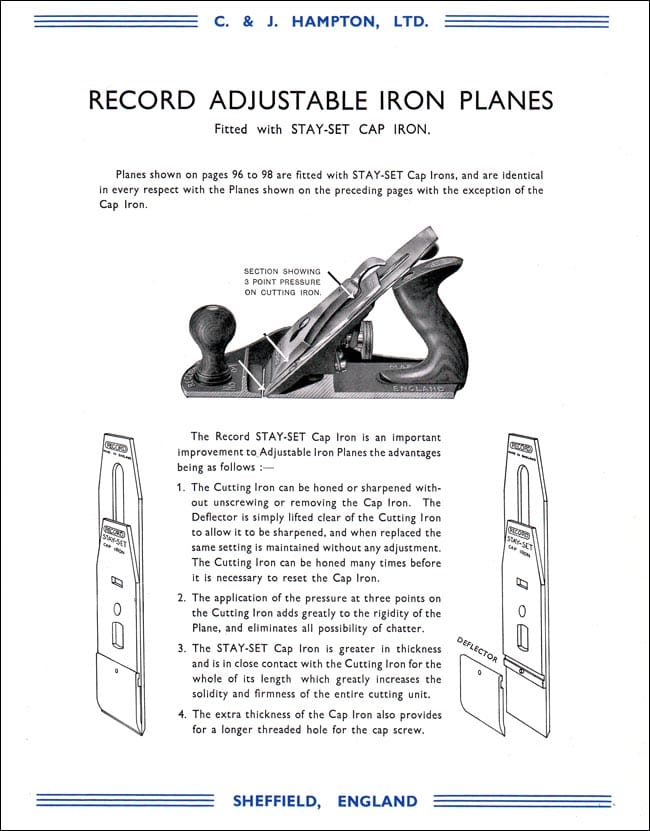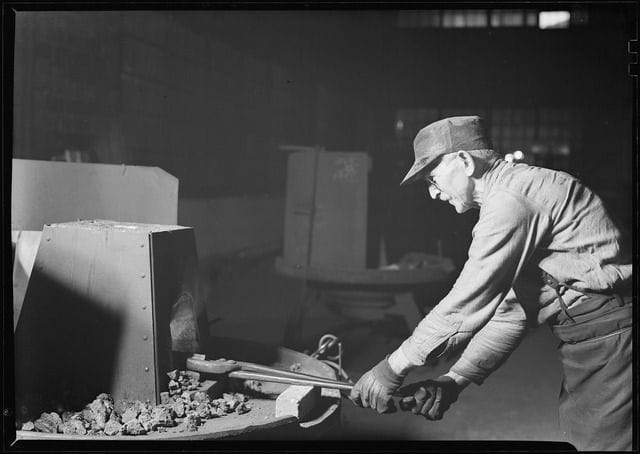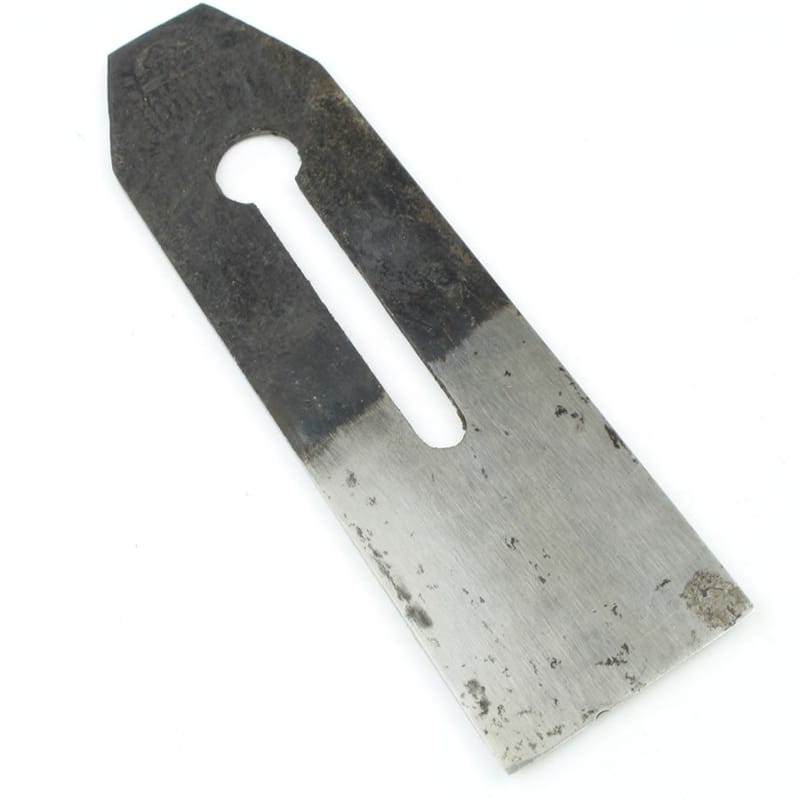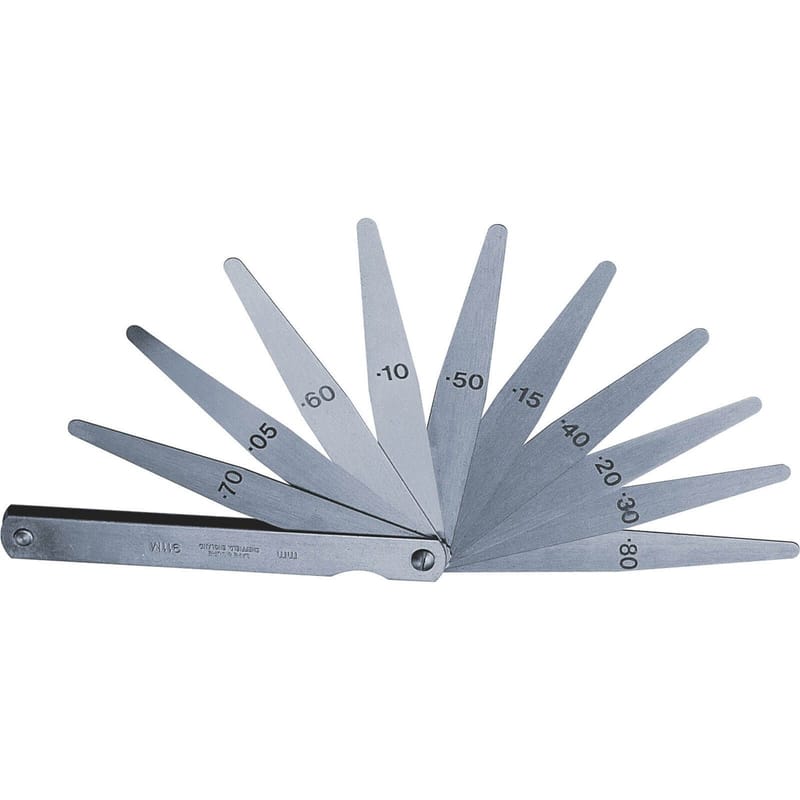
Millers Falls were one of several companies that launched a range of bench planes after Stanley’s patents on the immensely successful Bailey plane design expired in the late 1920s. Many makers attempted to improve the design to differentiate themselves from Stanley who were well established in the market. One of these improvements was the...
Millers Falls were one of several companies that launched a range of bench planes after Stanley’s patents on the immensely successful Bailey plane design...
bench planes

Leonard Bailey’s eponymous plane design was so good that bar a few minor tweaks by J A Traut in the early 1900s[1] it has remained pretty much unaltered since he invented it over 140 years ago. Needless to say this did not prevent various plane manufacturers, all of whom were producing basically identical...
Leonard Bailey’s eponymous plane design was so good that bar a few minor tweaks by J A Traut in the early 1900s[1] it...
bench planes

Following the previous articles about iron, steel and plane cutters it may be tempting to view laminated cutters as an historical curiosity from a forgotten era of wooden planes, wrought iron and crucible steel. However companies like Record and Stanley chose to use laminated irons in their metal planes right up until the 1950s.
What...
Following the previous articles about iron, steel and plane cutters it may be tempting to view laminated cutters as an historical curiosity from a forgotten...
bench planes

1⏎
at least in the 2nd half of the 19th century, see footnote below for some information about laminated irons made in the 20th
2⏎
pre decimalisation in the UK (1971), there were 12 pence in a shilling and 20 shillings in a pound
3⏎
this is a simplification, in practice, as suggested by the...
1⏎
at least in the 2nd half of the 19th century, see footnote below for some information about laminated irons made in the 20th
2⏎...
bench planes

If you pick up a wooden bench plane from the the last century (there are lots of them about still!) the chances are it will have a ‘laminated’ cutting iron (we are going to touch on some basic metallurgy with many mentions of iron in this post, so I will refer to them as ‘blades’...
If you pick up a wooden bench plane from the the last century (there are lots of them about still!) the chances are it will...
bench planes

Makers of edge tools, including plane blades, need to be concerned about several different properties of steel.
Steel Properties
Toughness: This is the ability of the steel to deform without breaking, cracking or chipping. Materials that lack toughness are said to be brittle. Note that sharpening angles have an effect here – the narrower the angle...
Makers of edge tools, including plane blades, need to be concerned about several different properties of steel.
Steel Properties
Toughness: This is the ability of...
bench planes

From the time Leonard Bailey introduced metal planes in the 1860s until quite recently they were supplied with thin irons. On paper this is a good thing: thin irons are an improvement on thick ones in as far as they are cheaper to make – since they use less material – and are easier to sharpen because...
From the time Leonard Bailey introduced metal planes in the 1860s until quite recently they were supplied with thin irons. On paper this is a...
bench planes

Although this article is about blades used in wooden planes there is an interesting parallel between the blade choices available to wooden plane users at the start of the 20th century and the choices facing metal plane users at the start of the 21st who must choose between thick vs thin irons.
Old wooden planes...
Although this article is about blades used in wooden planes there is an interesting parallel between the blade choices available to wooden plane users at...
bench planes

We already read about the importance of sharpening angles, camber is the other consideration when sharpening a plane cutter.
It is common to add a slight curve or “camber” when preparing a cutter to take off a lot of material – the curve means only a small section of the blade enters the wood initially and...
We already read about the importance of sharpening angles, camber is the other consideration when sharpening a plane cutter.
It is common to add a...
bench planes

Once you’ve ground the blade to to about the right angle then you need to hone it in order to create a keen edge. The experience of generations of craftsman has shown that grinding the blade at 25° and honing a few degrees steeper – around 30° – is a good practical approach for many woodworking...
Once you’ve ground the blade to to about the right angle then you need to hone it in order to create a keen edge....
bench planes

Once you have established the rough shape of the bevel the next step, referred to as honing or whetting, involves rubbing the iron against progressively finer abrasives until you are satisfied with the sharpness of the edge.
There are a couple of basic principles involved in how bench planes cut:
* The steeper the pitch of...
Once you have established the rough shape of the bevel the next step, referred to as honing or whetting, involves rubbing the iron against progressively...
bench planes

Traditional Methods
The traditional method for grinding a bevel on edge tools uses a mechanical grinder. This is the method typically described in historical woodworking books that explain the the methods of craftsman making furniture and joinery for a living.
Here are some extracts from the literature published in the 18th, 19th and 20th century...
Traditional Methods
The traditional method for grinding a bevel on edge tools uses a mechanical grinder. This is the method typically described in historical woodworking...
bench planes

Sharpening! A quick trawl of the internet reveals a bewildering array of opinions on this topic, and if you look a bit further afield you will find entire books covering the same. But don't be deterred: the basics can be understood and learned with a relatively modest investment in time and do not...
Sharpening! A quick trawl of the internet reveals a bewildering array of opinions on this topic, and if you look a bit further afield you...
bench planes

If you buy a new plane from Lie Neilsen, Veritas or some other high-end maker then you can rest assured it has been manufactured to very high tolerances and therefore won’t need any work (and if it isn’t you can always return it and ask for a replacement). However, in the event you...
If you buy a new plane from Lie Neilsen, Veritas or some other high-end maker then you can rest assured it has been manufactured to...
bench planes

Given the main purpose of bench planes is to smooth and flatten wood it is unsurprising that the sole of the plane should be flat, but views differ on exactly how flat it needs to make them work optimally.
Flatness standards
To understand why flatness is important we can consider the mechanics of the plane:...
Given the main purpose of bench planes is to smooth and flatten wood it is unsurprising that the sole of the plane should be flat,...
bench planes

The cap iron is the part of a bench plane that is held on top of the cutting iron with a shallow bolt. These two parts are then secured to the frog by pressure from the lever cap.
In old books, planes with this arrangement are often referred to as double irons for reasons that...
The cap iron is the part of a bench plane that is held on top of the cutting iron with a shallow bolt. These two...
bench planes

















